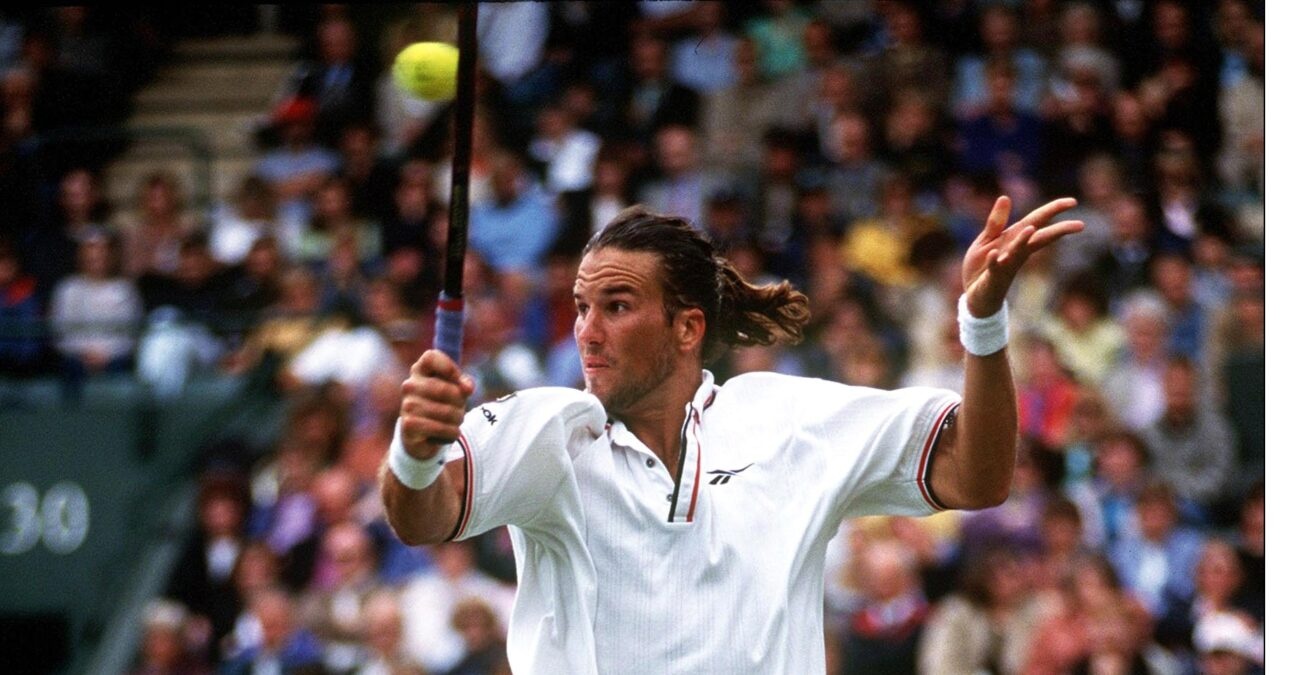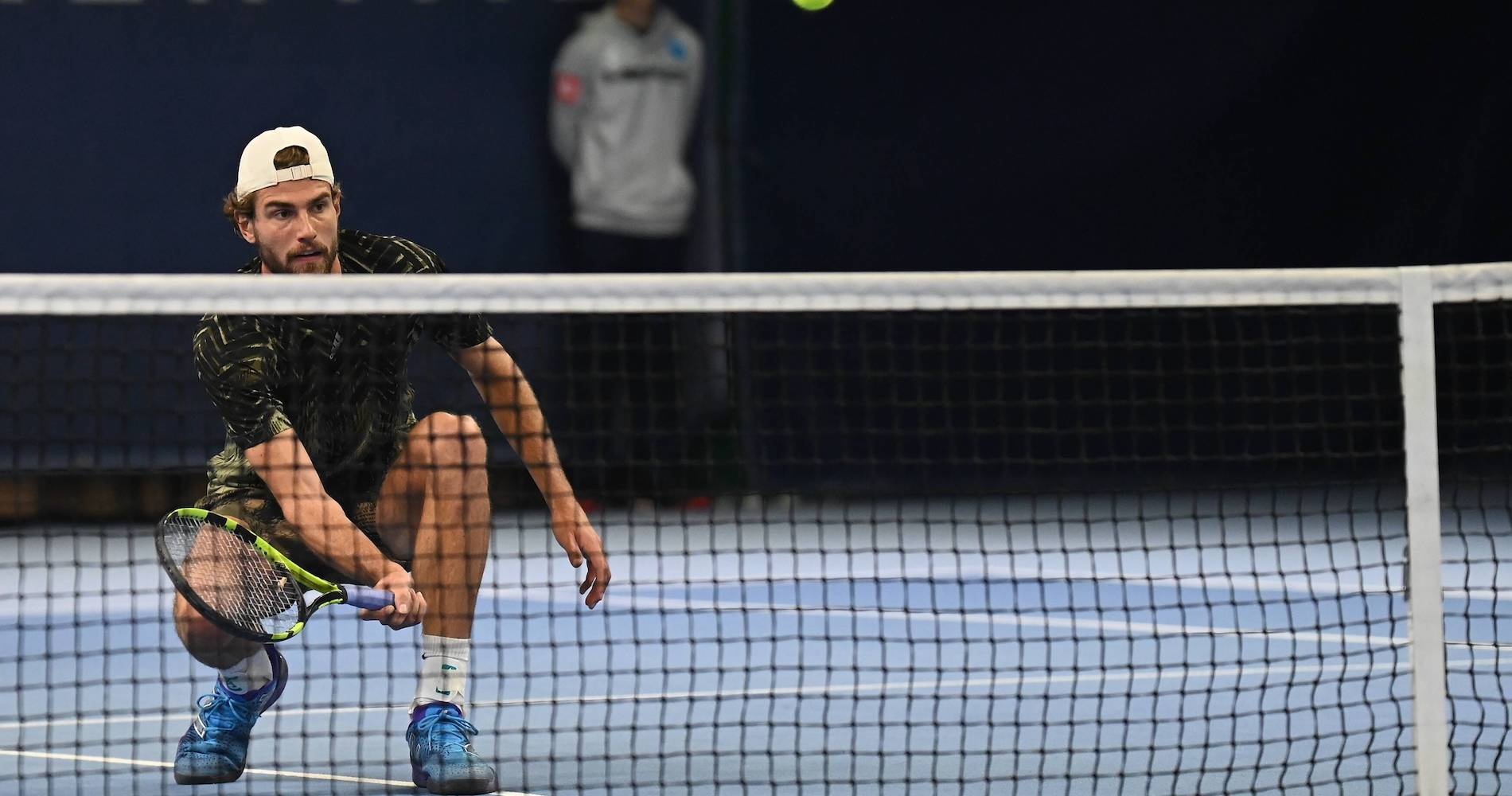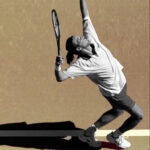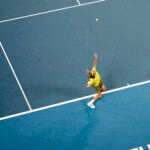Pat Rafter on net play: “It is all about pressure: 4-4, 30-30, can you pass me?”
Australian legend Pat Rafter tells Tennis Majors why being a good net player is about more than just being able to volley
 Sporting Pictures / Panoramic
Sporting Pictures / Panoramic
While attention in week one at the Australian Open focused on the aftermath of Novak Djokovic’s expulsion from the country and then the big names on the court, the efforts of Maxime Cressy have not gone unnoticed.
The French-born American – he says he feels half-French, half American – has served and volleyed his way into the last 16 of a slam for the first time, including a first-round win over John Isner. The 24-year-old has shown many doubters that serve and volley tennis can be effective, even in these days of heavier balls, slower courts and the advancement in string technology that give returners an added edge.
And while his serve is a big weapon in itself, his volleying skills have also been to the fore. He’s been to the net 242 times in three matches so far, winning 163 of those points, a return of 67 percent, which is more than handy and gives him hope that he can upset No 2 seed Daniil Medvedev in the fourth round on Monday.

Pat Rafter, the Australian who won two Grand Slam titles and was ranked No 1 thanks in large part to his serve and volley game and general skills at the net, is in Melbourne this week to compete in the legends doubles event, alongside Mark Philippoussis, another Aussie who made his living banging down a big serve and charging to the net.
Rafter: “You build pressure, you’re creating pressure”
Rafter will doubtless have enjoyed seeing Cressy’s displays. In an interview with Tennis Majors, Rafter said learning how and when to go to the net is something that takes time, the nuances of the game requiring as much attention as the strokes themselves. Being passed a lot while growing up also breeds resilience. But for many of the world’s top players over the past two years, including the likes of Roger Federer, who began his career serving and volleying, the annoyance of being passed at the net often convinced them to stay back.
“Roger could serve and volley. He knows the game. He’s one guy who could turn it on, because he played it a young age. But Roger didn’t like (being passed). It’s funny, I remember talking to Lleyton too, because Lleyton used to be able to volley really bloody well, but he didn’t quite know, when he came in…he got a little bit lost at the net. Sometimes, as good an athlete as Lleyton was, then he’d get passed and he’d crack the shits (saying) why did I come to the net? (He would feel), I’ve got options, I can stay back and out-rally them.
“For me, I only had one option. And sometimes it’s a lot easier. It takes the thought process out of it. If I served and stayed back, it’s like, why the hell did I stay back? I guess that’s why we never really got pissed off when we did get passed. But it’s also building for something as well. You build pressure, you’re creating pressure. And how many times are you going to pass me mate?
Jonas Bjorkman, the former Swedish doubles star, used to say that net play was all about forcing an opponent to come up with the goods when the pressure was at its best. The reason you go to the net all the time, if that’s your game, is so that when the heat is really on, and the opponent absolutely has to make a pass, they miss.
“Yeah, 4 all, 30-all, that’s the best fun, mate,” Rafter said. “They’re serving and they’re thinking, I’ve got to get my first serve in here. So what does that do? That probably says to them, I’ve got to take a little bit of pace off, which means if you can get the serve back then you’re in the rally. But then they’re going, well, then I’m in a rally, he could do something, he could shank a forehand in the corner somewhere and the point could be over. Do I go for a big serve? Now the second serve’s on.
“So it’s, am I going to choke? Am I going to hit it too hard? Where am I going to serve to him? Yeah. And that’s the psyche. And that was fun. How much fun was serve and volley?! It’s fun to play, that’s what I reckon. My mum and dad, at 14, said to me, you’ve got to stay back, and I’m going, it’s no fun, I’m not enjoying it.”











